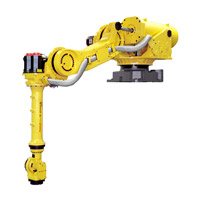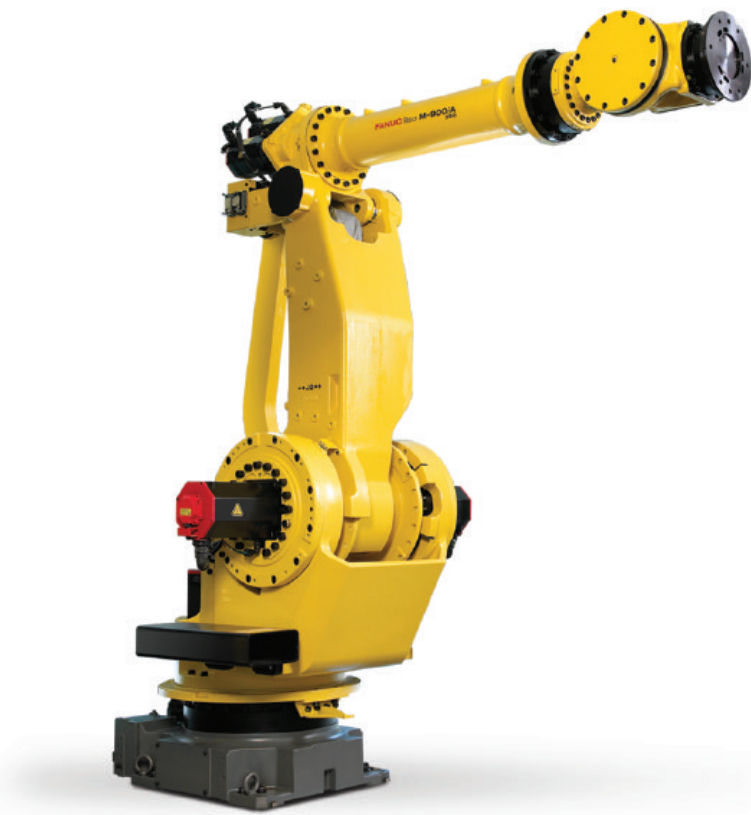Programming FANUC Robots
Robot programming involves developing a set of commands to enable an industrial robot to interact with its environment in order to perform a specific task. Designing accurate control schemes provides articulated robots with the autonomy needed to optimize and complete manufacturing applications. FANUC robots are some of the most widely used in industrial manufacturing. They are versatile, intelligent, and incredibly durable. FANUC robots can be programmed for just about any production related task through the following methods.
Teach Pendants
Teach pendants are the most common method for industrial robot programming. These handheld devices are part of the robot’s control system and come with the robot when purchased through a manufacturer. There are four main components of FANUC teach pendants. The first is the display screen which illustrates the programming menus as well as allows the operator to interact with the robot. The second component is the emergency stop button or E-stop. This is available for quickly stopping the robot to prevent collisions or other adverse events. The input pad is a keypad used to enter program commands. Newer FANUC pendants have replaced the keypad with a touchscreen. The last component is the USB port which allows for backup and file storage.There are three types of FANUC teach pendants which vary based upon the controller model. Older FANUC robots with R-J3, R-J3iB, or R-J3iC(in some cases) use FANUC’s Legacy pendant. Robots using the Legacy pendant include the FANUC Arcmate 120ib and the R-2000ia as they both use R-J3iB controllers. FANUC’s newer iPendant is available with their R-30iA, R-30iB, and R-30iB Plus controllers. The FANUC Arcmate 120ic can be programmed with the iPendant. FANUC’s Haptic iPendant offers similar features as the iPendant only with vibration alerts. It is also available for robots using R-30iB or R-30iB Plus controllers.
ROBOGUIDE Software
Another option for programming FANUC robots is through their ROBOGUIDE software. FANUC ROBOGUIDE is offline software that combines both programming and simulation. Users can create programs and test them in life-like work environments all outside of the production environment and without the actual robot. This helps users optimize their robotic system while avoiding expensive prototyping. Most of FANUC’s robots are compatible with ROBOGUIDE software. Unlike their teach pendants which come standard with their robots, ROBOGUIDE is available as an option. The offline software is beneficial for programming complex applications. The FANUC Arcmate 100ic can be programmed through ROBOGUIDE for complex welds. While the FANUC M-710ic/50 can be programmed with the software for automated material handling.Hand Guidance
Hand guidance programming is available for FANUC’s collaborative robots, the CR Series. Hand guidance, also referred to as lead through programming, significantly simplifies the teaching process allowing the most novice of robot users to program. The FANUC CR-7ia is programmed through simply manually guiding its arm through the waypoints of an application while it is in teach mode. The CR-7ia is then able to replicate the application path on its own over and over. Hand guidance is especially beneficial for applications with several steps, as the operator avoids having to write multiple lines of code, saving valuable time.Contact Robots Done Right in order to discuss selling a used FANUC industrial robot today.




